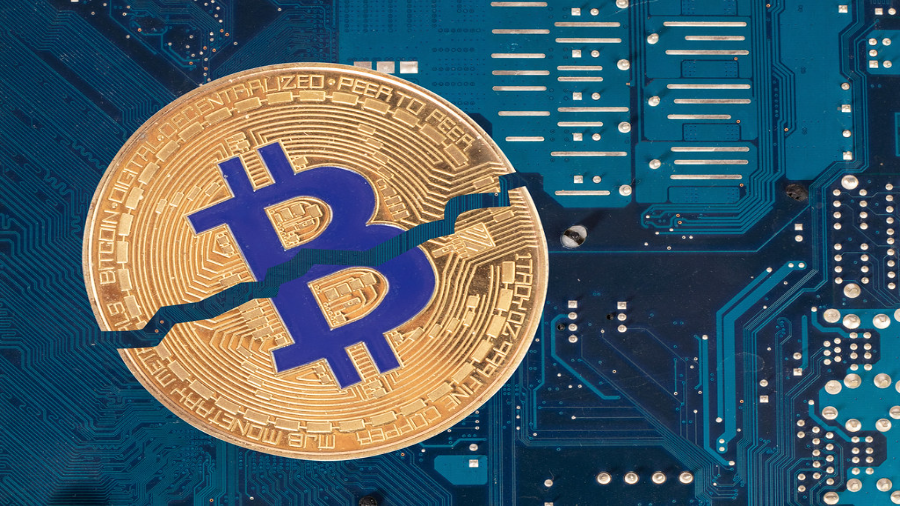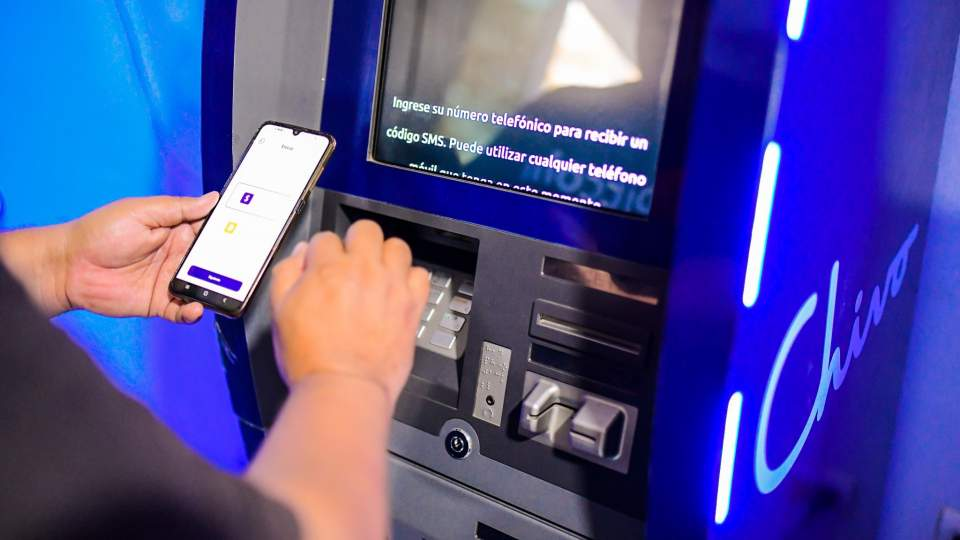In the red for a fourth consecutive session and close to daily lows, Wall Street indices closed on Wednesday despite a positive start, ending their worst month since July as fears of a recession in the US economy intensified.
The U.S. market appears to remain locked in a downward spiral that began Friday after Federal Reserve chief Jerome Powell’s dovish message at the bank’s economic conference in Jackson Hole on Friday that the U.S. Federal Reserve will continue its policy aggressive tightening even this results in more pain for businesses and households.
And while the slowdown in the US labor market led to some hopes today that the Fed might moderate its aggressive rate hikes and the cycle of aggressive tightening might be coming to an end, those hopes were ultimately short-lived as they continued today the statements of Federal Reserve officials about the need for a further significant increase in interest rates.
Any hopes were raised by new labor market data from research institute ADP which showed that the private sector in the US continued to add jobs in August, but having slowed significantly from the previous month. Specifically, jobs rose by 132,000 in August after July’s rise of 270,000, well missing market estimates that had expected an acceleration to around 300,000 jobs.
The report’s announcement led to a deceleration in short-term US government bond yields, narrowing the divergence from long-term ones, but with the curve remaining firmly inverted (with short-term yields higher than long-term), a sign of an impending recession.
However, the backlash caused by this development on the board was once again erased by the statement today by Cleveland Fed President Loretta Mester that it is necessary to keep interest rates high, even predicting an increase in the cost of federal borrowing above 4% by early of 2023.
As a reminder, the range of the federal funds rate, which determines what banks charge each other for overnight lending and is linked to many consumer debt securities, currently stands at 2.25%-2.5%.
According to her, real interest rates, ie the difference between the Fed rate and inflation, should “move into positive territory”.
Indicators – statistics
Thus, despite a positive start with gains that exceeded 1% for the Nasdaq, the main indices of the American market quickly lost their momentum, turned into negative territory and, despite intra-session fluctuations, finally closed close to the lows of the day.
In particular, the Dow Jones industrial average ended today’s session down 280.44 points, or 0.88%, to close at 31,510.43 points, extending its monthly losses to 4.1%.
The S&P 500 is also close to the low of the day, which with a fall of 0.78% ended the day at 3,955 points, with monthly losses of 4.2%.
However, the worst image in August was recorded by the technological Nasdaq, which after -0.56% today and closing at 11,816.20 units, ended the month with a 4.6% drop.
Of the 30 stocks in the blue chip index, only four closed in the green and those with small gains: Amgen (+0.49%), Goldman Sachs (+0.47%), McDonald’s (+0.07%) and Walmart ( +0.05%). All others closed with losses, with Salesforce (-2.22%), Merck (-1.75%) and American Express (-1.72%) weighing the index the most.
In the rest of the board, the “plunge” of almost 22% recorded by Bed Bath & Beyond’s stock stood out, after the company’s announcement of staff cuts and store closures, as well as the pessimistic estimates for its sales.
Source: Capital
I am Sophia william, author of World Stock Market. I have a degree in journalism from the University of Missouri and I have worked as a reporter for several news websites. I have a passion for writing and informing people about the latest news and events happening in the world. I strive to be accurate and unbiased in my reporting, and I hope to provide readers with valuable information that they can use to make informed decisions.






